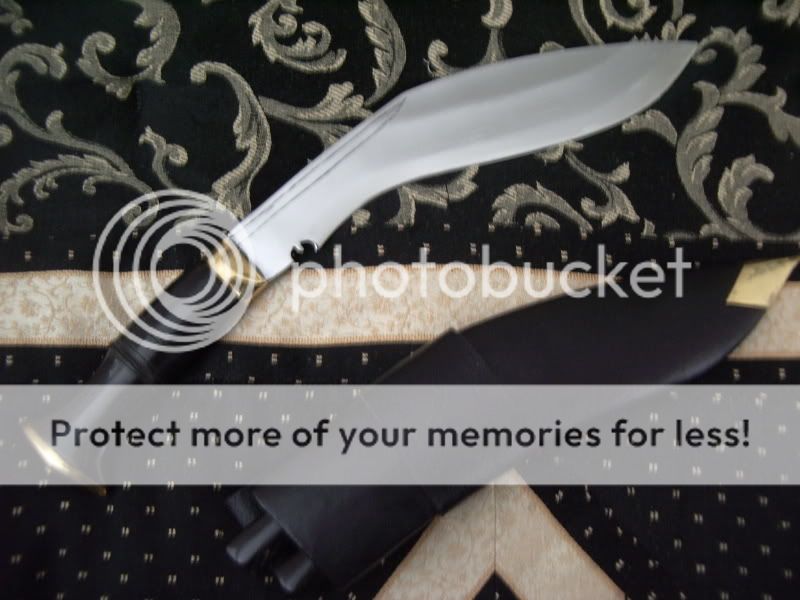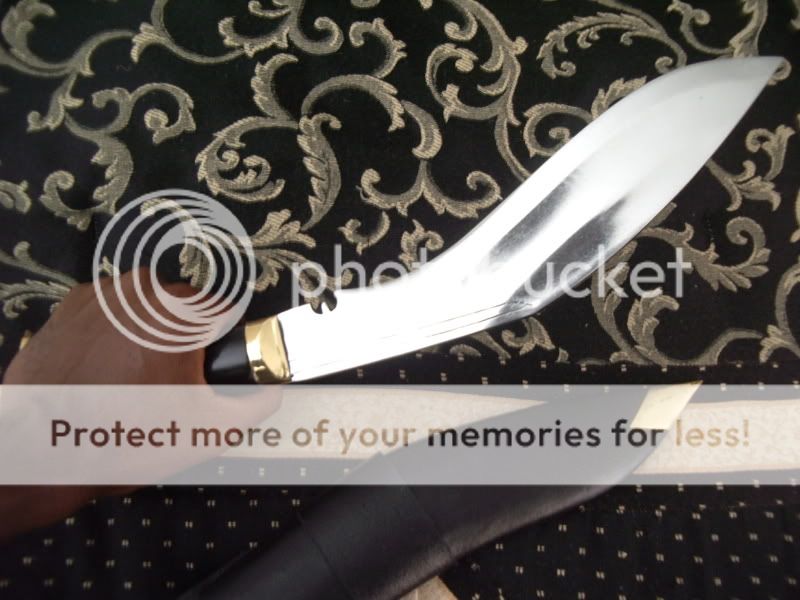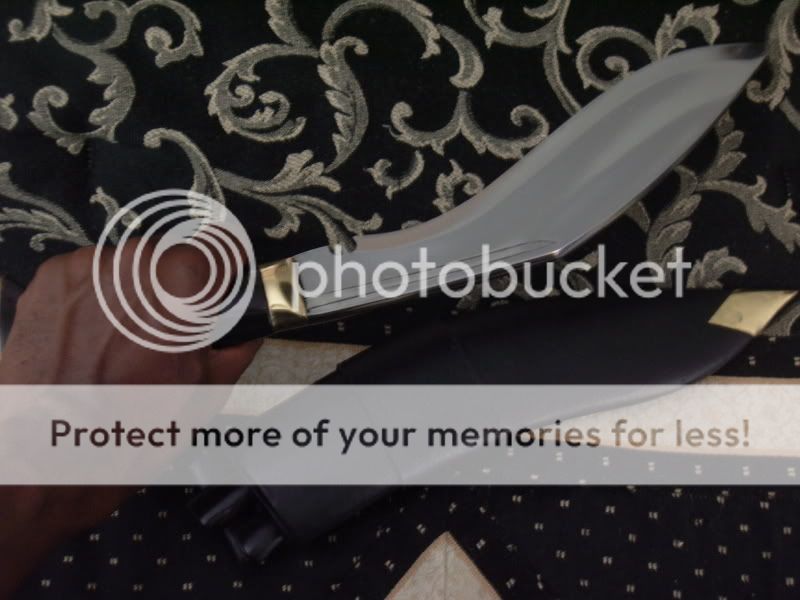Assuming cool to warm weather (> 20 F)...
I like nylon for pants because it's durable. I wear a polyester t-shirt and hat because it wicks sweat away better. The shirt fits closely and doesn't allow as much snagging on brush.
I'll have to update my gear with a polyester shirt in order to tackle the hot summer months. I've been using a cotton shirt up til now, and today's hike had my back (under my backpack) drenched with sweat during the hottest part of the day, and damn near gave me a chill once the winds picked up. Just as everyone suggests, cotton sucks in the heat, and sweating is bad if you're in a survival situation because it means you can get cold VERY easily.
For shoes, I wear either hiking shoes or trail runners. Really, there isn't much difference between these. I have a pair of leather GoreTex boots, but they're almost 2 pounds heavier per boot than a shoe! Shoes dry much faster, they're lighter, and they allow me to angle my foot to obtain better traction and footholds. My hiking shoes even have fabric-covered drain hole like things in the bottom. I might try a pair of GoreTex shoes for cooler temperatures. In > 60 F temps, I doubt they would be worth the loss in breathability.
Yesterday I bought a pair of these from payless for under $30.
Rugged Outback Suede McKinley Mid Hiker (Mens) Cheapest Prices, Discounts
They fit me better than the short cut hiking shoes (the ones that look like running shoes) in terms of toe room, at size 13. Good luck finding over a 13 in ANY store -_-. I have flat feet, so sometimes walking can be a pain, and having the right shoes is particularly critical for me. Up til now I've done most of my walking and hiking in basketball shoes. With those, no special insoles, I always got some knee pain.
My new shoes are GREAT. With these hiking shoes, I notice that the heel is slightly elevated above the toes. It seems that this helps a lot with hiking uphill, but downhill is certainly less comfortable due to the greater angle created by the shoe. However, these have wonderful grip on rock and soil, much more than my poor basketball shoes. This makes navigating the inclines SO much easier, not having to watch my every step like a hawk. Walking with the boot on flat terrain can also be less comfortable, but when on the trail, that doesn't matter much since its all up or down. The shoes seem to avoid giving me any knee pain, though they do seem to focus pressure in my hips and in my feet. I believe it may be mostly muscular and not in the joints though, which would be good. I've also found insoles to be useless with these shoes given the angle the sole is set at.
Overall, after hiking in them for 11.5 miles, I'm extremely pleased with their performance, giving me a safe grip over slippery rocks and pebbles, and protecting my ankles from rolling too much. I've got little~no joint pain after that very long hike, which is really surprising to me.
A pair of trekking poles is nice to have on steep climbs. I've been using a single wooden pole this year, but I miss having two on climbs. Note that almost all other mammals which spend their time climbing up and down mountains have four legs.

I think i could benefit from poles as well. Might try just using a dried yucca flower stem.
In bug territory, my new strategy is to wear pants and long sleeves and have all of my clothing, including underwear, socks, and hat pre-treated with permethrin. That way, I only have to use repellent on my hands, face, and neck. Applying repellent all over clothing every 2-6 hours just isn't very efficient. Permethrin supposedly lasts for 6 washes. One reason for this is that DEET and picaridin don't repel ticks very well, but permethrin is an insecticide which kills any bug unlucky enough to crawl on the treated fabric. I haven't actually tested this strategy yet.
Awesome! I'll have to try this out next time I go camping. Flies are the WORST, as are wasps in some areas. Ticks can be heavy in some parts of CA too, but I've yet to encounter any.
I wear Bates boots, but you'll probably want good hiking boots. I always wear wool socks (wigwam) and you'll probably want to too if your feet are weak and soft while just starting out. A lot of guys will wear dress socks underneath wool socks to wick away the moisture and some will turn the wool socks inside out. It also helps to apply a liberal amount of powder to your feet before you put on your socks and stop to check your feet regularly for blisters and hot spots.
Yes. I bought some 85% polyester, 10% nylon, 5% spandex low cut running socks. Unfortunately, they're a bit tight given my large feet, and can put quite a bit of pressure on the tips of my toes when hiking downhill. Today I combined them with cornstarch on my feet, plus a second layer of dress socks over them, inside my hiking boots. Gotta say, it's an AWESOME combo. My feet were kept very dry, and time will tell if I managed to avoid the mega blisters I usually get with cotton socks. I plan to buy some long, padded, synthetic socks from walmart for $4, so hopefully they'll provide more cushion and more room. It's amazing what the smallest details do to change your hiking experience, such as the socks you wear. The tougher the hike, the more vital it is to optimize everything.
Mostly, condition your feet and break in your boots before using them to hike. You never know when you'll get lucky enough to be forced to go a few more miles than you intended to. For example, me and BMS were planning on a 16 mile day hike a few months ago. When we were almost done (in theory), we encountered some problems and ended up having to push out something like 6+ more miles to make it back. That's not something you want to happen while you're unprepared and have soft feet.
Of course, if by hiking you mean you're just going like a mile or two on the weekend, then just throw on some tennis shoes and walk out there.
Today was the first time I've had a problem with carrying enough water. I usually carry 4 or more bottles when hiking 8~9 miles, and the places I hike usually have water available as well. Today was VERY hot for a time, and I extended the trip to about 11.5 miles in preparation for my big 12~15 mile hike this weekend in an even hotter, more desertish part of the area. The last time I tried it (and failed due to inadequate gear) I think I brought 5 or 6 bottles of water, but i can see I'll be needing at least 7. Lots of weight, but at least i wont be dehydrated. I also usually bring 1 or 2 bottles of heavily salted water, often mixed with coconut water/coconut milk to give me an ESSENTIAL electrolyte boost and sodium replenishment, but today I only brought one pure saltwater bottle on my longest, hottest hike yet, and with less than half the salt in it. It was horribly insufficient, as was the amount of regular water I brought. when i get done with a hike I usually have very visible white salt deposits on my skin from all the sweat, and with 4+ hours of that, I can't continue without getting more sodium back into my system. It seriously hurt me today.
 : trying to max out your durability, speed, aeration, grip, etc. "stats" before doing battle with a mountain. If you're not properly equipped, you'll have a miserable time of it.
: trying to max out your durability, speed, aeration, grip, etc. "stats" before doing battle with a mountain. If you're not properly equipped, you'll have a miserable time of it. 



 I somehow really like that you use an imaginary situation to illustrate a point about the real-world one... I feel like most people use concrete examples to illustrate the theoretical.
I somehow really like that you use an imaginary situation to illustrate a point about the real-world one... I feel like most people use concrete examples to illustrate the theoretical. 


